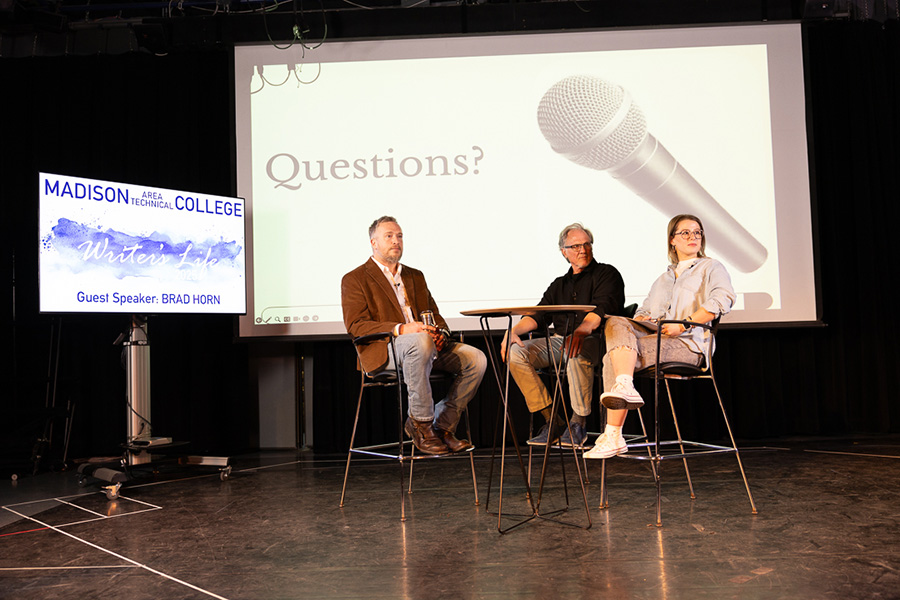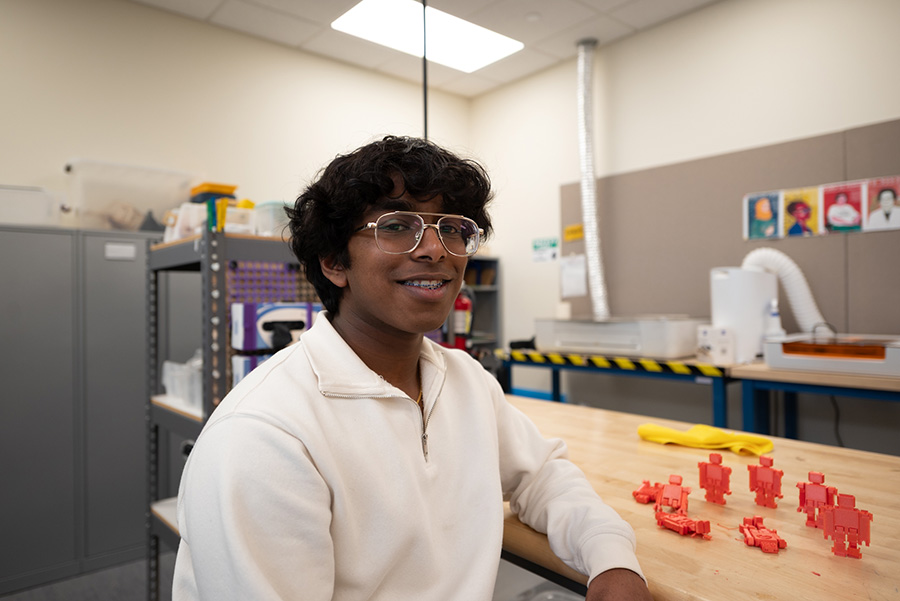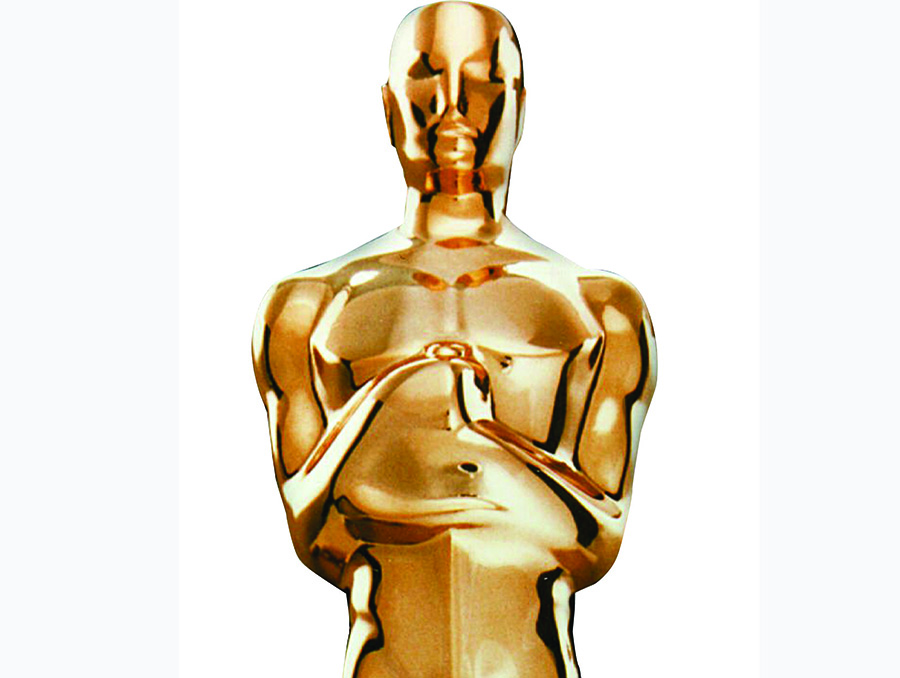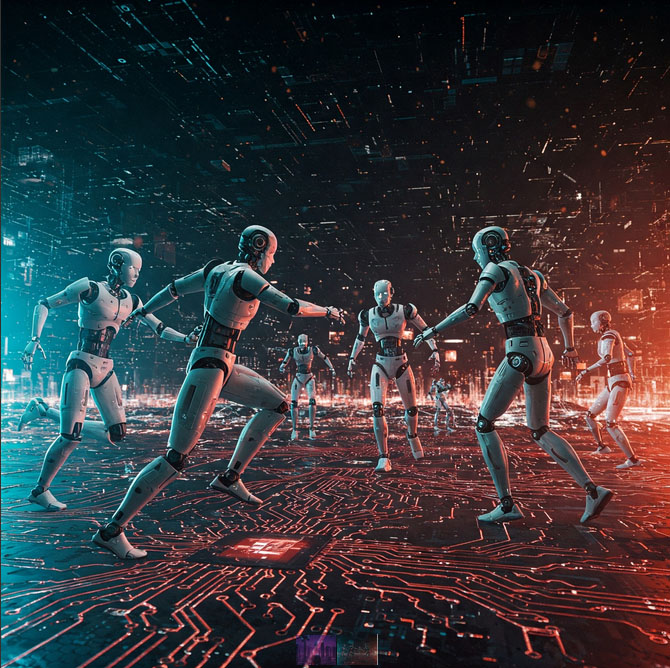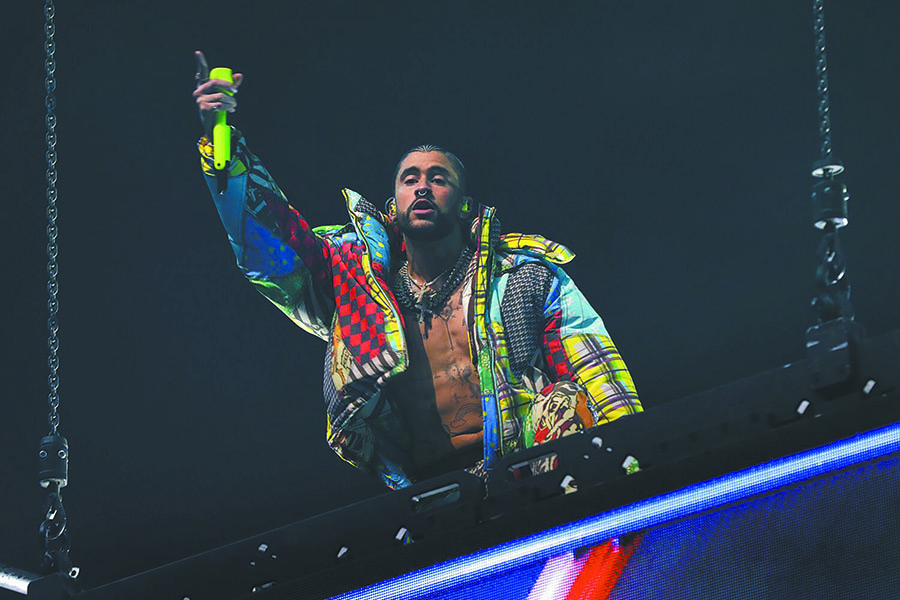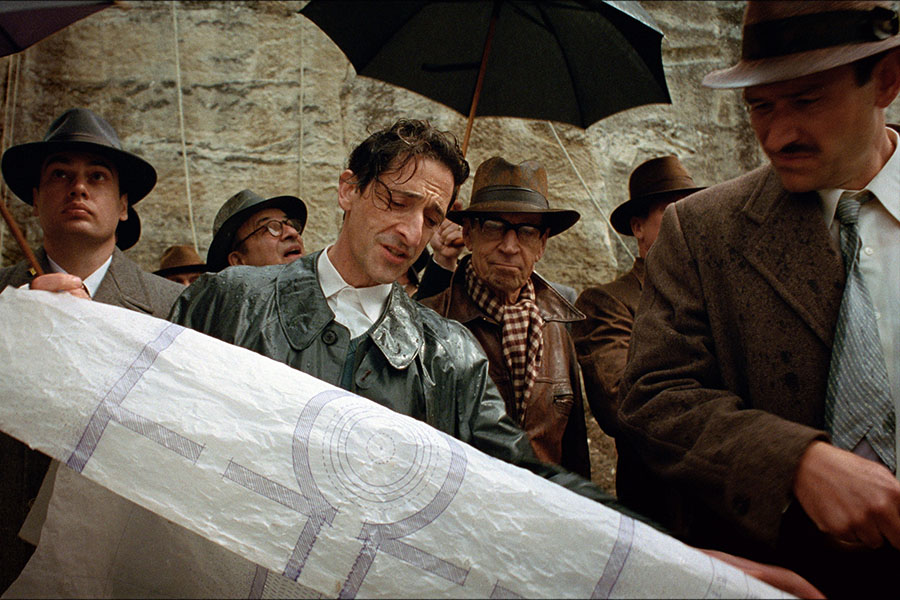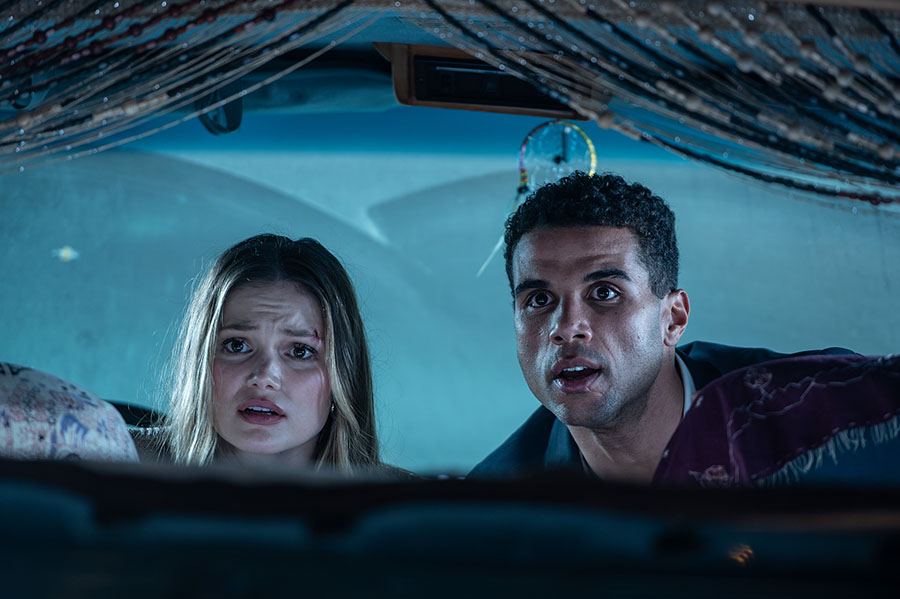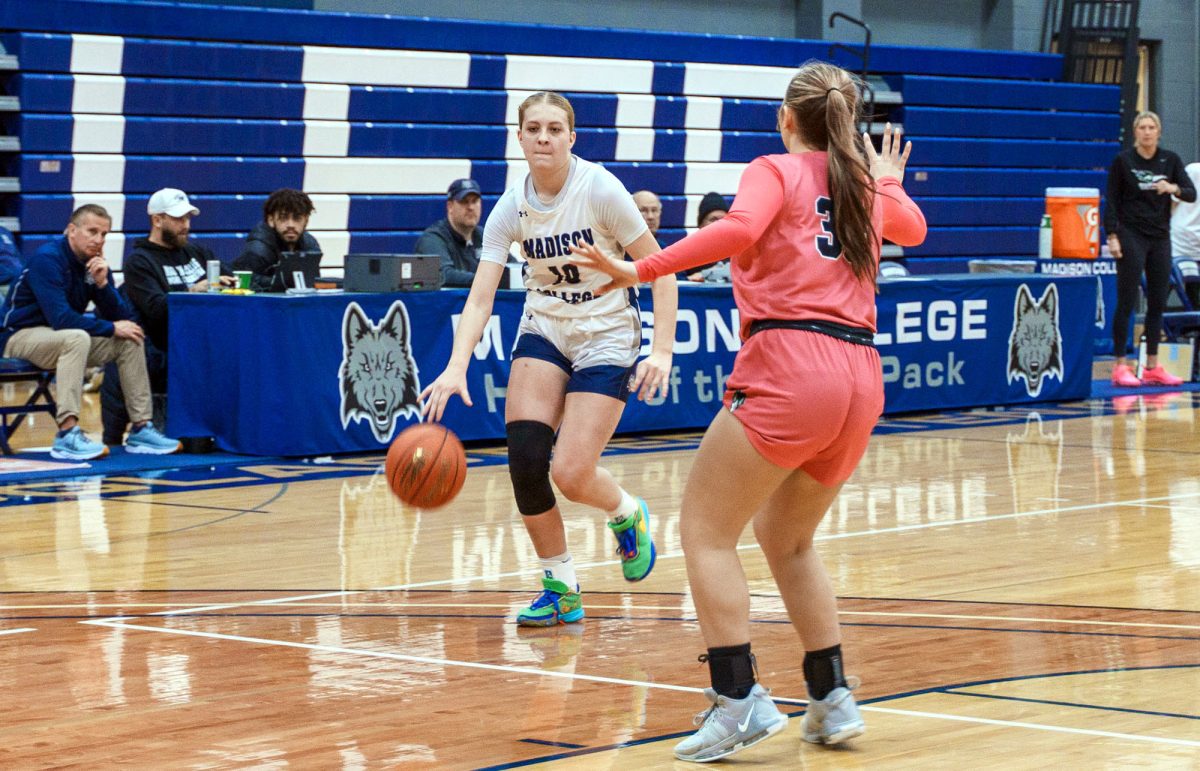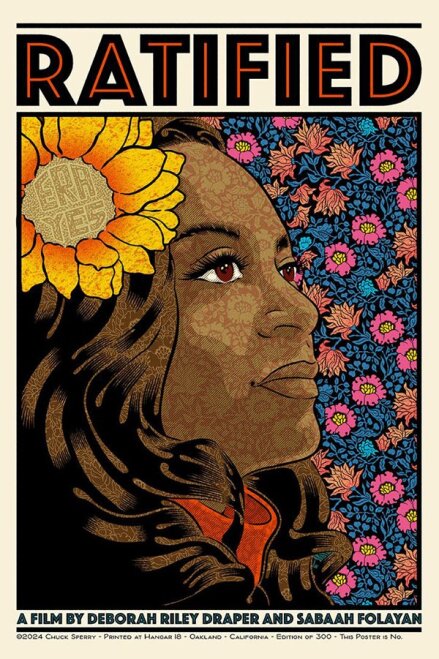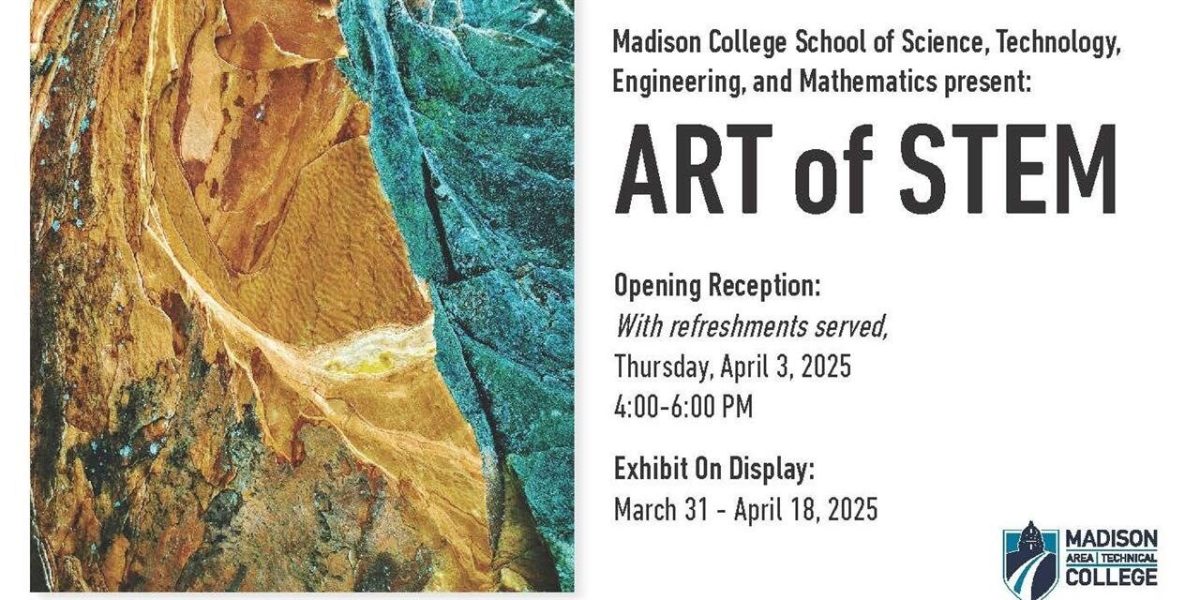The future of Marvel Comics continues to look bright
November 7, 2017
There has been a growing concern among comic book fans. With the rise in popularity of the Marvel Cinematic Universe, they are worried that the books are trying too hard to be in the movies, straying away from the history that they love.
The fears were personified as the ridiculously named comic event “Civil War 2,” suspiciously at the same time the movie “Captain America: Civil War” was released. “Civil War 2” had heroes and villains acting out of character, and focused mainly on those that had movie counterparts and was just an overall, boring, story.
This was the final straw for many Marvel fans who have endured things like this for a couple of years now.
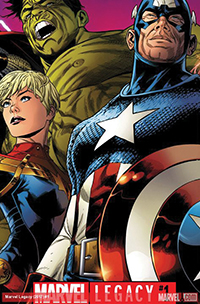
Marvel comics has pushed the beloved characters of the X-Men and the Fantastic Four to the background, going even so far as not producing any new Fantastic Four books, since 2014, because their movie rights are both owned by Fox. This isn’t to say Marvel hasn’t put out good books in the last couple of years, but it’s clear their core focus hasn’t been on comics. All of this is important to understand for the context of “Marvel Legacy #1.”
The comic “Marvel Legacy #1” written by Jason Arron and illustrated by Esad Ribic, and Steve McNiven begins approximately one million years ago, with Thor’s father, Odin picking up his trusty hammer. He is chastised for his lack of control by the current host of the Phoenix Force, an extremely powerful cosmic force, alongside a mammoth riding Ghost Rider, an old character named Starbrand, as well as an ancient version of the Black Panther.
All of these characters come to form what Marvel has dubbed the “B.C. Avengers.” As this section of the book winds down, we see the B.C. Avengers fighting a creator of worlds named Celestial. From there, we are taken on a tour of the current Marvel Universe through multiple one-shots of characters such as Doctor Strange, Ghost Rider, Steve Rogers, Deadpool, and Wolverine.
Throughout the book an unseen narrator questions what legacy really means. Does it even matter? The “Human Torch” and “The Thing” (one half of the Fantastic Four) asks the same question. The Thing comes to the conclusion that if Legacy doesn’t matter then, they are going to make it matter. The book ends with the narrator being revealed as Valeria Richards, the daughter of Mr. Fantastic, and the Invisible Woman, asking to return to the main Marvel Universe.
The whole comic is a set up for the foreseeable future, and because of that it can feel disjointed at times. Arron does his best to avoid this, but, due to all the ground he has to cover, it’s an unfortunate side effect. Overall, Arron crafts a very enjoyable read; the B.C. Avengers is a rad idea, however briefly they appear. Hopefully we get more stories as the rest of Legacy comes out.
Arron as a knack for zeroing in on what makes characters great and letting that shine through. Little moments like Riri Williams, aka Ironheart, doesn’t know the iconic catch phrase “Avengers Assemble” adds a lot of heart to the issue.
The downside is that “Marvel Legacy” feels like a preview book, briefly showcasing storylines for upcoming books, which is fine, until they attach the high price tag of six dollars. This might not seem like a lot, but it’s higher than the norm and doesn’t help the bad blood some fans feel towards Marvel.
The art is where this issue is, and it seems to be a mixed bag. There are times where I’m thankful that most of heroes where masks because it seems like most of their eyes are popping out of their heads.
This is not the case for all the characters in the issue, but for some reason Robbie Reyes, the current Ghost Rider, looks as if someone stole his eyelids. This only happens about fifty percent of time and I think McNiven is to blame, he has a much more realistic style but it feels slightly rushed. Ribic’s art is outstanding, every panel he draws is something I want to hang on my wall. It makes me question why Marvel didn’t have Ribic draw the entire issue.
Overall “Marvel Legacy #1” is exciting in its prospects for the future of Marvel. While the artwork isn’t always on point, the writing is. Arron crafts a story that is fun to read, and digestible to newcomers. Marvel is taking a lot of cues from DC as there are some story beats that feel extremely similar to “DC Rebirth,” but it’s worked for DC and hopefully it can do the same for Marvel. “Marvel Legacy #1” has me excited for the future, and hopefully they can stick the landing and bring back what the readers have been asking for.



